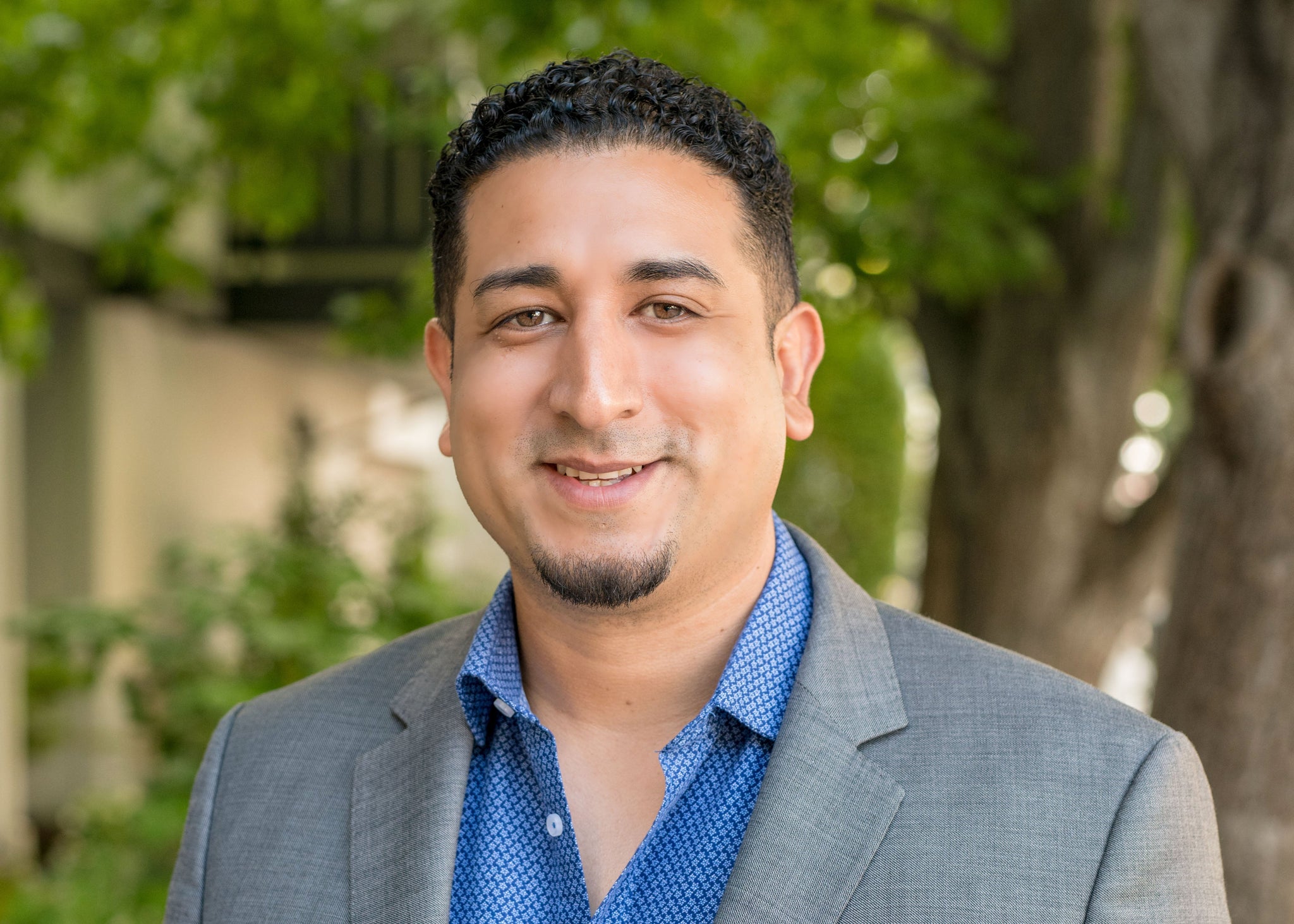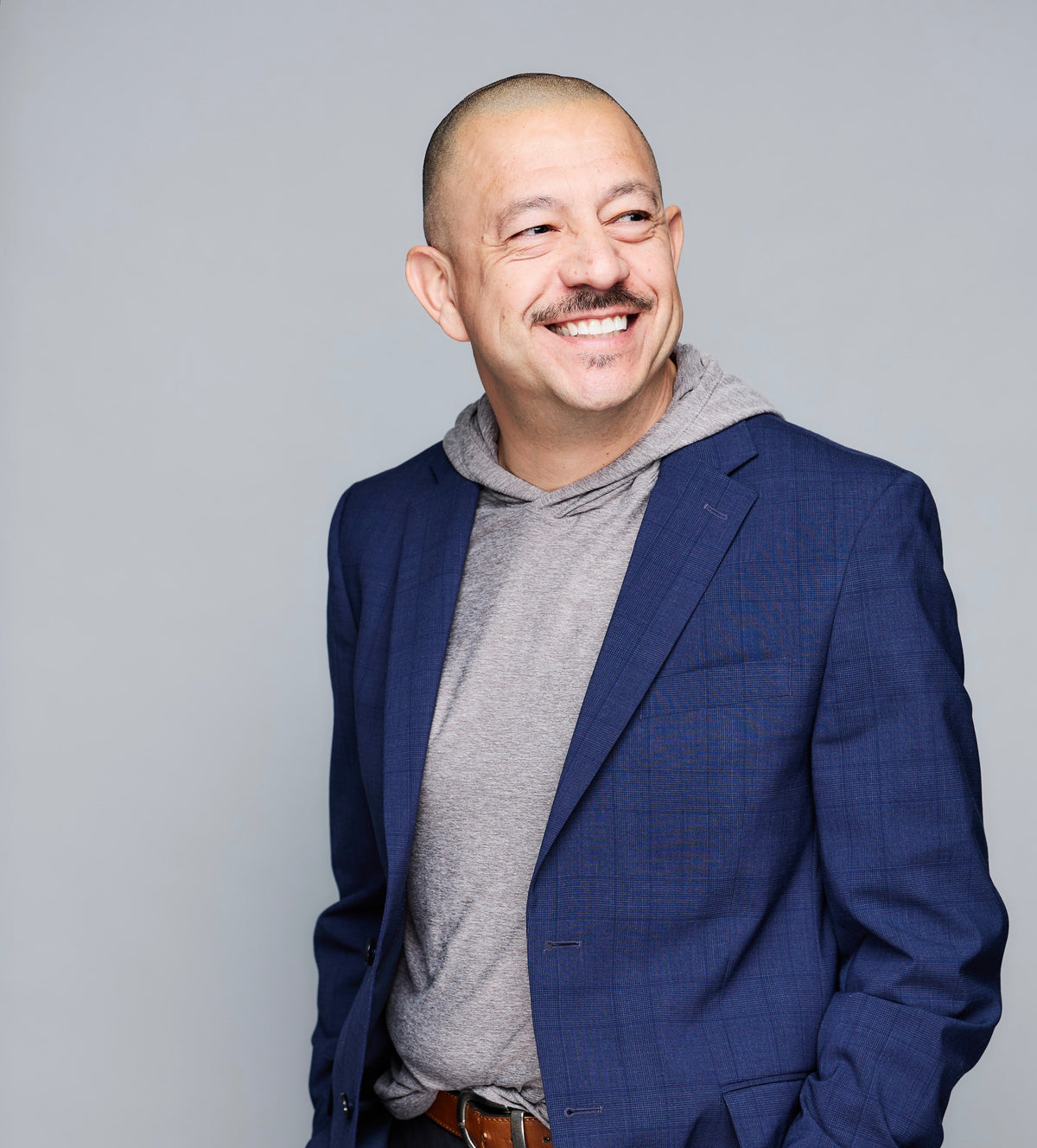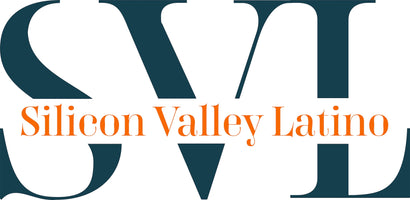In the In-Between: Finding My Salvadoran American Identity By Ricardo Archila

We’re proud to feature a deeply moving essay by Cultura Fest co-founder Ricardo Archila, who explores the nuance and strength of the Salvadoran American experience.
From growing up in the cultural in-between to creating spaces of expression and connection, Ricardo’s story is both timely and timeless. This reflection embodies the heart of our mission at Silicon Valley Latino—to highlight and share narratives that celebrate identity, community, and cultura.
I didn’t grow up going to Salvadoran festivals—because they were nonexistent.
Most of what I learned about my culture came from family parties or the informal gatherings in the apartment buildings where Salvadoran families huddled together. I was born in Canoga Park, in the San Fernando Valley of Los Angeles, far from the larger Salvadoran enclaves in the city. My parents had immigrated from El Salvador in the early ’80s, like many others fleeing war, instability, and poverty. When we got together, it wasn’t called “cultural preservation.” It was just surviving. Just family.

In those days, being Salvadoran in the U.S. meant being misunderstood. The few things people knew about us were either food or fear—pupusas and gang violence. That was our narrative. And we weren’t given much room to tell a different story.
Growing up in California, most of us Salvadoran Americans found ourselves immersed in Mexican culture simply because it was the dominant Latino identity around us. Add to that the larger influence of American culture, and we were raised in a cultural blur—never fully one thing or the other. We were Salvadoran but constantly mistaken for Mexican. When we leaned into our American side, we were still seen as just Latino. When we visited El Salvador, we were “the Americans.” But here, we were still “other.”
That in-between space was confusing—but it also gave birth to something new. We had to make our own traditions. We had to decide for ourselves what our identity would look like. And that’s not just my story—it’s the experience of an entire generation of American-born Latinos. We live between cultures. And from that space, we’ve created one of our own. I believe that to be true of many cultures. It’s fascinating to witness the evolution of culture and the creation of subcultures.

Over time, our Latin American identities began to influence each other. We borrowed, shared, and blended. And something beautiful started to emerge. We weren’t just holding on to our roots—we were reshaping them.
But it wasn’t until recently that I started asking myself a deeper question: What does it really mean to be Salvadoran today?
Part of the answer, for me, came through something I helped create: Cultura Fest. What began as an idea to spotlight Salvadoran culture has grown into something much more powerful—a celebration of multicultural identity. Yes, it’s about pupusas and cumbias and the nostalgia that comes from hearing the bands our parents listened to. But it’s also about the art, the voices, the healing, and the truths we’ve carried silently for far too long.
At Cultura Fest, we feature Salvadoran American musicians and artists—people who are telling their stories through music, paint, poetry, and film. We also bring in legendary bands from El Salvador, the ones that made up the soundtrack of our parents’ lives. It’s our way of connecting generations—creating moments where both young people and elders see themselves reflected on stage.
But it’s not just about entertainment. It’s about creating spaces for expression—especially for our youth. We’re working with school districts to invite students to share what culture means to them through poems, letters, drawings, and stories. We host a “petting music zoo,” where kids can touch and play with instruments they’ve never had access to before. We’re trying to ignite something in them that maybe no one else has nurtured yet.
In the art gallery, Salvadoran American and Central American artists tell their stories. Some explore trauma. Others celebrate joy. All of them are reclaiming space.
What I’ve come to realize is this: every culture carries both its traumas and its healing. When we tell our truths—when we share what it means to live in the in-between—we create the possibility for others to heal, too. We begin to see ourselves in one another. Sometimes we learn that others have suffered more. Sometimes we discover that we’ve carried things we never named. But always, there’s something powerful in being seen.
Cultura Fest is more than an event—it’s an expression of identity, a reflection of where we’ve been and where we’re going. It’s a place where we celebrate who we are now and honor who we’ve always been.
This was our second year organizing it. And I’ll never forget someone coming up to me and saying, “I’ve never really connected with my Salvadoran side—until today.” That moment reminded me why we do this.

We’re not just creating a festival—we’re creating a mirror. One that shows our kids, our families, and our communities that we’re more than the headlines. We’re artists. We’re storytellers. We’re leaders.
We’re still writing our narrative. And in that act of telling our story, we begin to understand it more deeply. We grow. We heal. And we remember—we belong.
Leave a comment
Comments will be approved before showing up.
Also in Business

Congratulations to Lean In Latinas: Lean In Network of the Year!
We are proud to celebrate Lean In Latinas for being named the inaugural recipient of Lean In’s Network of the Year Award — a global recognition honoring their leadership, impact, and commitment to advancing Latina pay equity.

La Raza Historical Society Honors Legacy and Leadership at Annual Awards Dinner
The La Raza Historical Society of Santa Clara Valley hosted an inspiring awards dinner honoring four distinguished Latino leaders whose work continues to uplift and shape our community. Filled with cultural pride, heartfelt tributes, and a renewed commitment to preserving our stories, the evening highlighted the enduring legacy of La Raza and the importance of protecting our history for future generations.

Bridging the Digital Divide: Connecting with Latino Customers Through Digital Excellence
Latino consumers are one of the most powerful and digitally engaged communities in the Americas. In his latest piece, SVL Advisory Board Member Arnaldo Lopez explores how technology — and tools like New Relic’s observability platform — can help organizations build authentic, reliable, and culturally relevant digital experiences.

